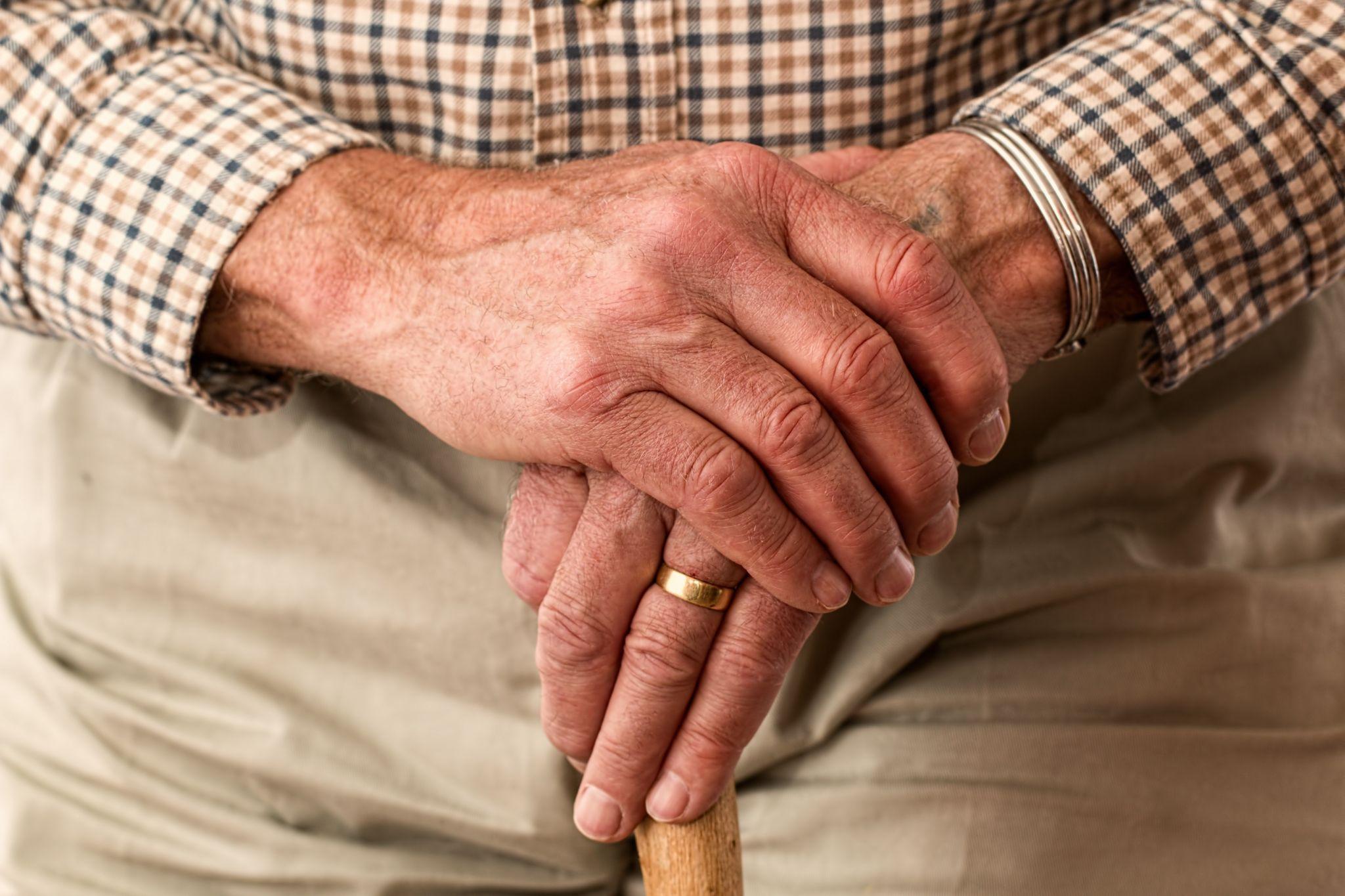Small changes to daily life can help make living at home easier for seniors with arthritis. Senior arthritis is not a normal sign of aging and requires proactive care to manage its symptoms.
 ©Moyo Studio via Canva.com
©Moyo Studio via Canva.com
Arthritis is a very common disease affecting nearly half of individuals age 65 or older. However, “common” should not be confused with “normal.” Getting diagnosed with arthritis is similar to getting a diagnosis for any disease. It comes with a number of symptoms that can impact your senior loved one’s daily living and quality of life. And while there is no cure for arthritis, there are some things you can do to help them with managing arthritis.
1. Track Your Senior’s Arthritis Symptoms
Do certain foods seem to make your senior’s arthritis worse? What about certain activities, or maybe even a specific time of day? Tracking symptoms can help their healthcare provider find links between their arthritis and its triggers and decide the best way to proceed.
2. Minimize Obstacles to Daily Tasks
Arthritis is the blanket term for many diseases that affect the body’s joints. Movement can be painful and result in stiffness, swollenness, and a reduced range of motion. These effects can severely limit a senior’s ability to do once-simple things like opening a pill bottle or jar or turning a doorknob.
Making tasks like these easier can help your senior loved one avoid putting too much pressure on their joints, which may reduce their pain. Things you might consider changing include:
- Asking for an upside-down top for their prescriptions
- Switching the doorknobs to push-down handles
- Buying pre-cut fruits and vegetables
- Moving frequently used items to eye level to avoid bending or reaching
Your home care provider may have other ideas that can help make daily living easier on your senior.
3. Encourage Weight Loss with a Doctor’s Approval
If your senior loved one is overweight, losing a few pounds may help reduce the amount of pressure placed on the joints. Talk with their doctor to see if losing weight might help, then ask for the best recommendations on how to lose weight in a healthy way. A few changes to their eating and exercise habits might be all it takes.
4. Invest in Assistive Devices

In addition to making changes in the home, some seniors may find that assistive devices like canes, handrails, and raised toilet seats can reduce their arthritis symptoms, too. Using a walking device like a cane or walker can help take pressure off their body and reduce the risk of a slip or fall. Ergonomic tools like an electric can opener or hand pumps for bottles can also minimize pressure on the body. Use a sock aid to avoid bending and button hooks to help with dressing.
5. Establish an Exercise Regimen
While range of motion may be limited, exercise is still one of the best ways to manage arthritis. Exercising every day keeps the joints moving and strengthens the muscles around them.
If you are working with a home care service, your caregiver can also put these tips to work. Talk to one of our team members at our Charlotte, NC office to see how we can contribute to your senior’s quality of life.
For more senior care tips check out our other blog posts here.
Sources
https://www.aplaceformom.com/planning-and-advice/articles/arthritis-information
https://www.cdc.gov/arthritis/basics/management.htm

